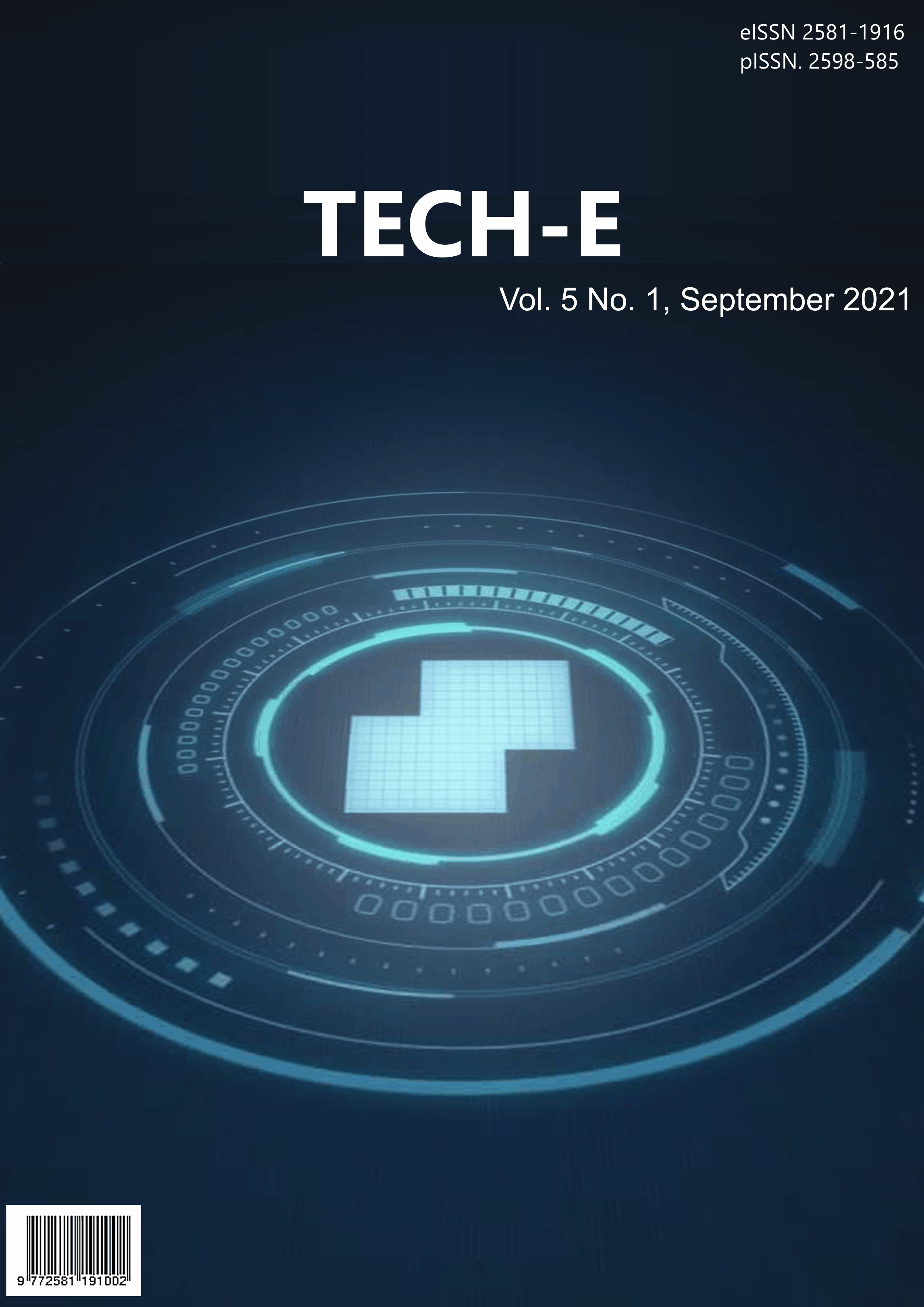Application of the Weighted Product Method to Determine House Renovation Assistance in Pringsewu Regency
Main Article Content
Abstract
The challenge faced by local governments in implementing house renovation assistance is determining which residents are eligible to receive house renovation assistance. This problem can be overcome by creating an effective and efficient assessment system for receiving house renovation assistance. By using the Weighted Product (WP) method, it is hoped that it can help simplify and speed up the performance of local governments in selecting the recipients of house renovation assistance. The function of this method is to determine the weight value for each alternative and the criteria having been determined. From the analysis of the manual system using 9 criteria/indicators, the result is that prospective recipients who have a vulnerable value of 0.03 to 0.04 are more worthy of priority for house renovation assistance. If the vulnerable value is below 0.029, the prospective beneficiaries will be reviewed for the next year's RTLH program
Downloads
Article Details
The Authors submitting a manuscript do so on the understanding that if accepted for publication, copyright of the article shall be assigned to journal Tech-E, Universitas Buddhi Dharma as publisher of the journal.
Copyright encompasses exclusive rights to reproduce and deliver the article in all form and media, including reprints, photographs, microfilms and any other similar reproductions, as well as translations. The reproduction of any part of this journal, its storage in databases and its transmission by any form or media, such as electronic, electrostatic and mechanical copies, photocopies, recordings, magnetic media, etc. , will be allowed only with a written permission from journal Tech-E.
journal Tech-E, the Editors and the Advisory Editorial Board make every effort to ensure that no wrong or misleading data, opinions or statements be published in the journal. In any way, the contents of the articles and advertisements published in the journal Tech-E, Universitas Buddhi Dharma are sole and exclusive responsibility of their respective authors and advertisers.
 Abstract views: 197
/
Abstract views: 197
/  PDF downloads: 174
PDF downloads: 174

